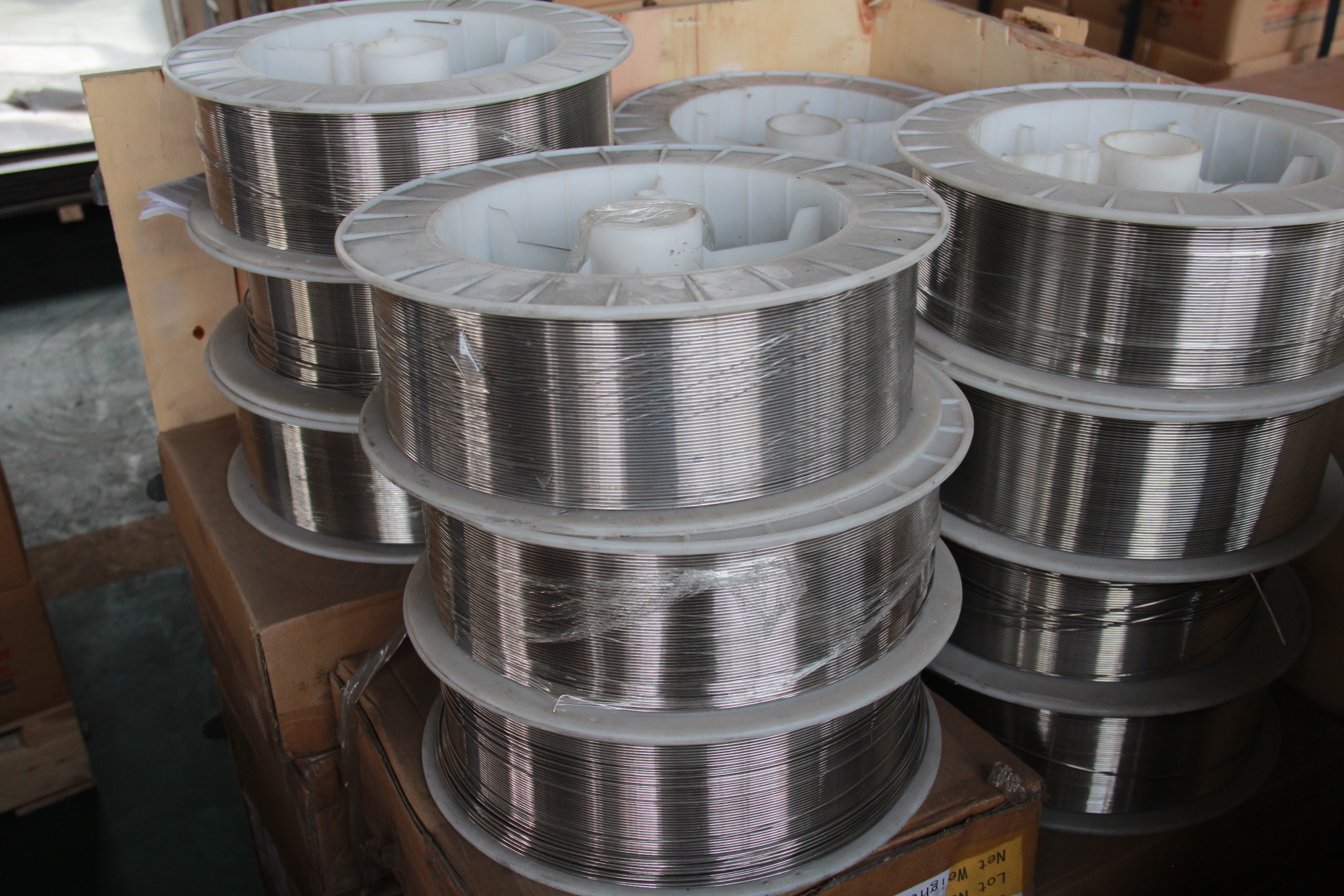Alloy steel refers to steel with high strength and good chemical stability at high temperature. It includes two types of anti oxidation steel (or high temperature resistant steel) and hot steel. Anti oxidation steel generally requires good chemical stability, but the capability is limited. High temperature strength and the corresponding oxidation resistance of heat and strong steel are required. Heat-resistance steel is often used in the manufacture of boiler, steam turbine, power machinery, industrial furnace and aviation, petrochemical and other industrial sectors in the work of the high temperature parts. In addition to the requirements of high temperature strength and high temperature oxidation corrosion, sufficient toughness, good shaping and welding are also required according to the different use, as well as a certain organizational stability. In addition, some new low chromium nickel oxidation are also developed . Heat-Resistance Steel ,Heat-Resistant Material Handling Steel,Heat-Resistant Steel Tube,Heat-Resistant Black Round Steel Pipe Jiangsu nickel alloy Co.,Ltd , https://www.xhalloy.com
Â
 High-tension electrostatic separators utilize the electrical conductivity difference between the various minerals within an ore feed. The high-tension roll electrostatic separator (HTR) utilizes a grounded roll to transport feed material through the high voltage ionizing field (corona) where particles are charged by ion bombardment. Conducting particles pass their charge to the grounded carrier electrode (roll) and are therefore free to be thrown from the roll by centrifugal and gravity forces. Non-conducting particles are pinned to the carrier electrode and are transported further around the roll periphery, where they drop from the electrode surface, either because their charge dissipates, or by mechanical means, e.g. brush and high voltage AC wiper.
Â
Throughput capacity of a high tension electrostatic separator is closely related to the roll speed, roll width, and characteristics of the feed material. For a roll with a smaller diameter, a higher rotation speed is required in order to maintain a substantial feed rate. However, at higher RPM, coarse, non-conductive particles tend to leave the roll surface too early due to the increase in centrifugal force resulting in a large portion of misplaced non-conductive particles in the conductor stream. Vice versa, under a low RPM condition, fine conductive particles do not gain enough inertia to be thrown off the roll, resulting in misplacement of the nonconductor stream. Therefore, for the treatment of particle mixtures with a range of physical characteristics, including conductivity, particle size, and density, it is necessary to adjust the roll speed and electrode positions to optimize the process.
ModelJXSC-3212
JXSC-3215
JXSC2G-3212
JXSC2G-3215
Specification
320X1200
320X1500
320X1200/2
320X1500/2
Operating Voltage
0-55kv
Motor Power( KW)Â Â Â Â Â Â Â Â Â Â Â Â Â Â Â Â - Heat
12
15
15
18
               -Rotate
2.2/1.5
2.2/1.5
2.2/2.2
3.0/3.0
-Electro Discharge
0.09
0.1
0.15
0.18
Feeding Size(mm)
0.1-2
Capacity
0.6-1.4
0.8-1.6
1-2
1.2-2.5
Dia. Of stationary electrode(mm)
30
Dia. Of corona electrode(mm)
0.4
No. of electrode filament
4
4
8
8
Maximum operating electrode distance(mm)
85
Weight(t)
0.7
0.8
1.8
2.2
Overall size(mm)
1390X1980X1500
1390X2290X1650
1390X1980X2880
1390X2290X2880
Â
 High-tension electrostatic separators utilize the electrical conductivity difference between the various minerals within an ore feed. The high-tension roll electrostatic separator (HTR) utilizes a grounded roll to transport feed material through the high voltage ionizing field (corona) where particles are charged by ion bombardment. Conducting particles pass their charge to the grounded carrier electrode (roll) and are therefore free to be thrown from the roll by centrifugal and gravity forces. Non-conducting particles are pinned to the carrier electrode and are transported further around the roll periphery, where they drop from the electrode surface, either because their charge dissipates, or by mechanical means, e.g. brush and high voltage AC wiper.
Â
Throughput capacity of a high tension electrostatic separator is closely related to the roll speed, roll width, and characteristics of the feed material. For a roll with a smaller diameter, a higher rotation speed is required in order to maintain a substantial feed rate. However, at higher RPM, coarse, non-conductive particles tend to leave the roll surface too early due to the increase in centrifugal force resulting in a large portion of misplaced non-conductive particles in the conductor stream. Vice versa, under a low RPM condition, fine conductive particles do not gain enough inertia to be thrown off the roll, resulting in misplacement of the nonconductor stream. Therefore, for the treatment of particle mixtures with a range of physical characteristics, including conductivity, particle size, and density, it is necessary to adjust the roll speed and electrode positions to optimize the process.
ModelJXSC-3212
JXSC-3215
JXSC2G-3212
JXSC2G-3215
Specification
320X1200
320X1500
320X1200/2
320X1500/2
Operating Voltage
0-55kv
Motor Power( KW)Â Â Â Â Â Â Â Â Â Â Â Â Â Â Â Â - Heat
12
15
15
18
               -Rotate
2.2/1.5
2.2/1.5
2.2/2.2
3.0/3.0
-Electro Discharge
0.09
0.1
0.15
0.18
Feeding Size(mm)
0.1-2
Capacity
0.6-1.4
0.8-1.6
1-2
1.2-2.5
Dia. Of stationary electrode(mm)
30
Dia. Of corona electrode(mm)
0.4
No. of electrode filament
4
4
8
8
Maximum operating electrode distance(mm)
85
Weight(t)
0.7
0.8
1.8
2.2
Overall size(mm)
1390X1980X1500
1390X2290X1650
1390X1980X2880
1390X2290X2880

Electrostatic Separator for Rutile Enrichment
Model NO.: JXSC3212
Energy Saving: Energy Saving
Warranty: 1 Year
Color: Multi Color
Customized: Customized
Condition: New
Spec.: 320X1200
Feeding Size: <2mm
Application: Ilmenite, Rutile, Cassiterite, Tantalite Ect.
Trademark: JXSC
Origin: Ganzhou, China
HS Code: 84741000
Model NO.: JXSC3212
Energy Saving: Energy Saving
Warranty: 1 Year
Color: Multi Color
Customized: Customized
Condition: New
Spec.: 320X1200
Feeding Size: <2mm
Application: Ilmenite, Rutile, Cassiterite, Tantalite Ect.
Trademark: JXSC
Origin: Ganzhou, China
HS Code: 84741000
High tension electrostatic separator is designed for separation of titaniferous mineral sands, hard rock ilmenite and rutile, cassiterite, tantalite, wolframite, iron ore, plastics from metals in waste recycling system.